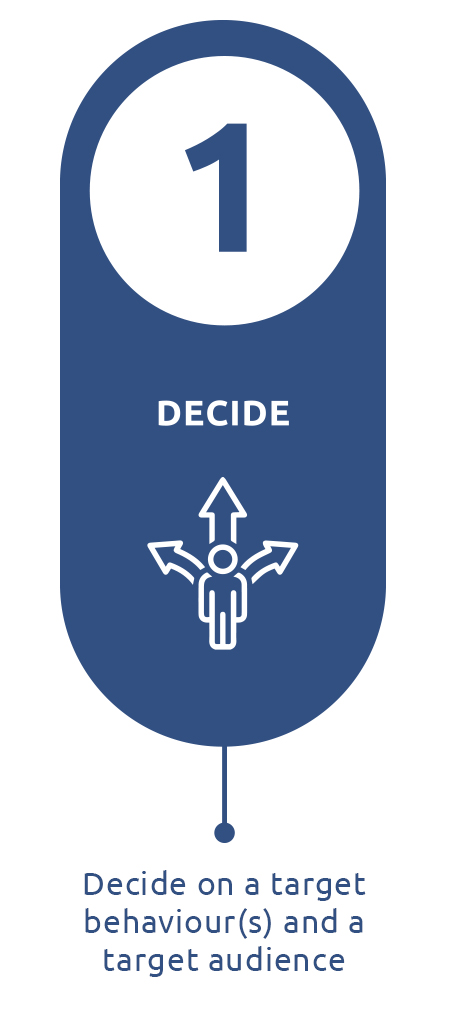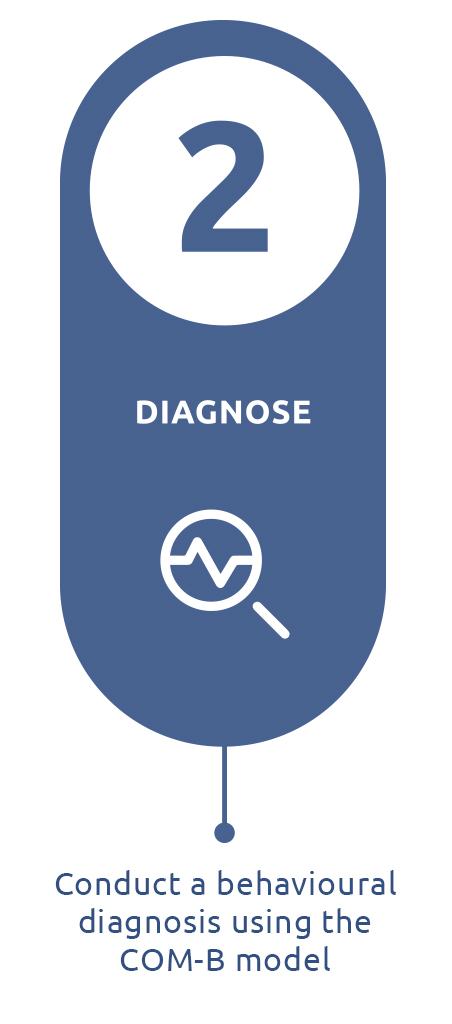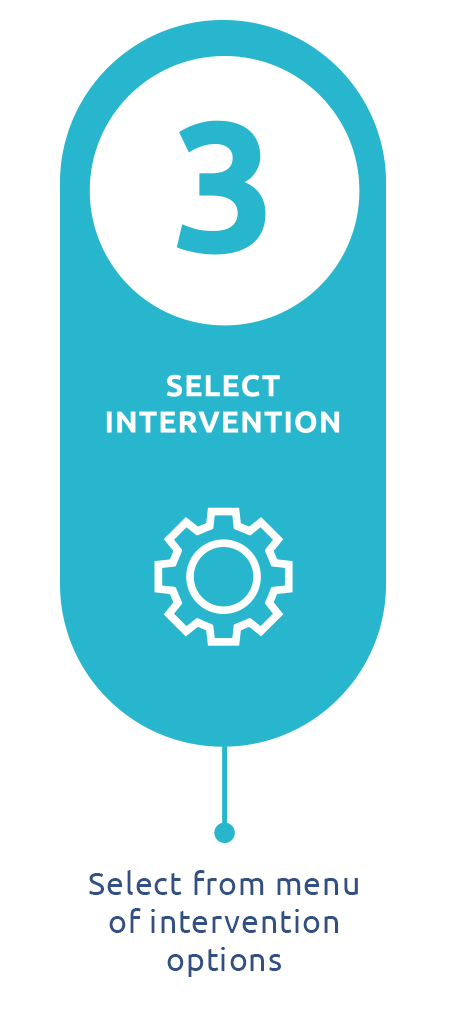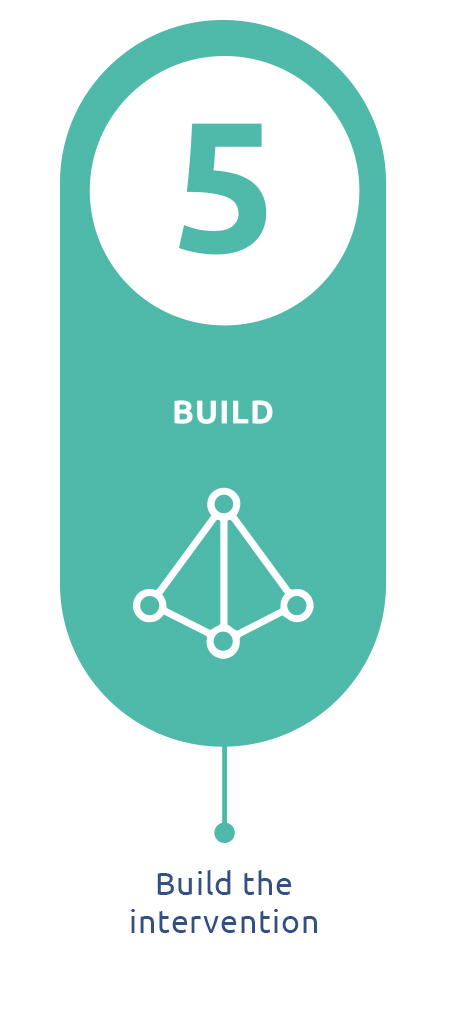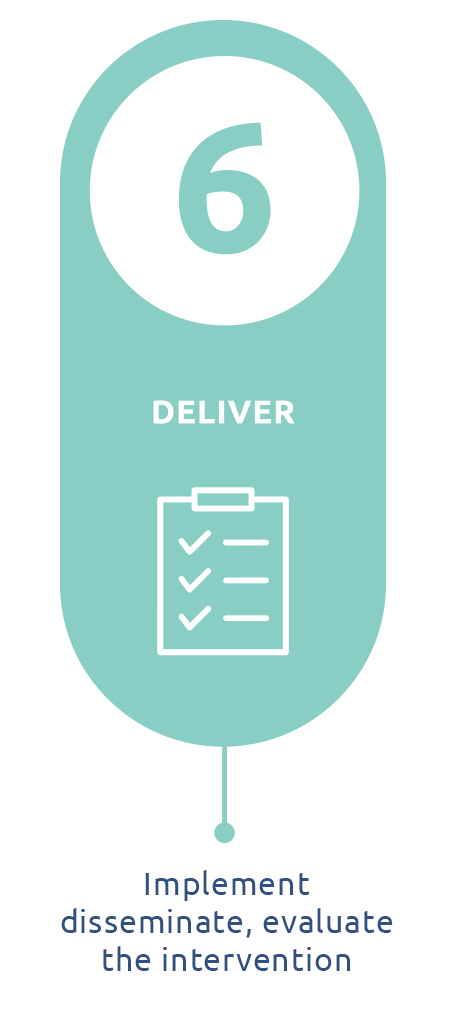Most decisions in policy, service or communications development are made by people who are not behavioural science experts, and they do not need to be. However, behavioural science can add value to the efforts of nearly all practitioners and policy makers – supporting that development is a major goal for the Unit. Developing an understanding of the basic principles of behavioural science and how to enable its application within a project, team, or organisation are key to increasing its use across the system.
Interest in behavioural science is quickly building, there are some great resources, tools, and guidance already out there for you to learn from and apply in your everyday practice. In addition to sharing our own resources, we have collated what we have found useful in the pages below.
We’ve split them up depending on which step in the behavioural science process you’re currently at, more details about the steps can be found here.
Please note that some of the information links included are from external organisations and no Welsh language equivalent is available. We apologise for this.
| Title | Author | Description | Resources |
|---|---|---|---|
| A Brief Introduction to the COM-B Model of Behaviour and the PRIME Theory of Motivation | Robert West and Susan Michie | A journal article introducing the COM-B model (capabilty, opportunity, motivation, behaviour) and the PRIME theory of motivation | View resource |
| Barrier Identification Tool | Behavioural Insights Team | Interactive tool to identify and categorise the barriers to a behaviour you're trying to change | View webpage |
| Behavioural Diagnosis: How to collect behavioural insights | Behavioural Science Unit | A practical, interactive tool to help you develop a systematic understanding of the influences of your target behaviour, in your target population. | View resource |
| Improving health and wellbeing: A guide to using behavioural science in policy and practice (Behavioural Science Unit) | Behavioural Science Unit | A guide for practitioners and policy makers explaining how behavioural science can be used and applied in practice | View resource |

